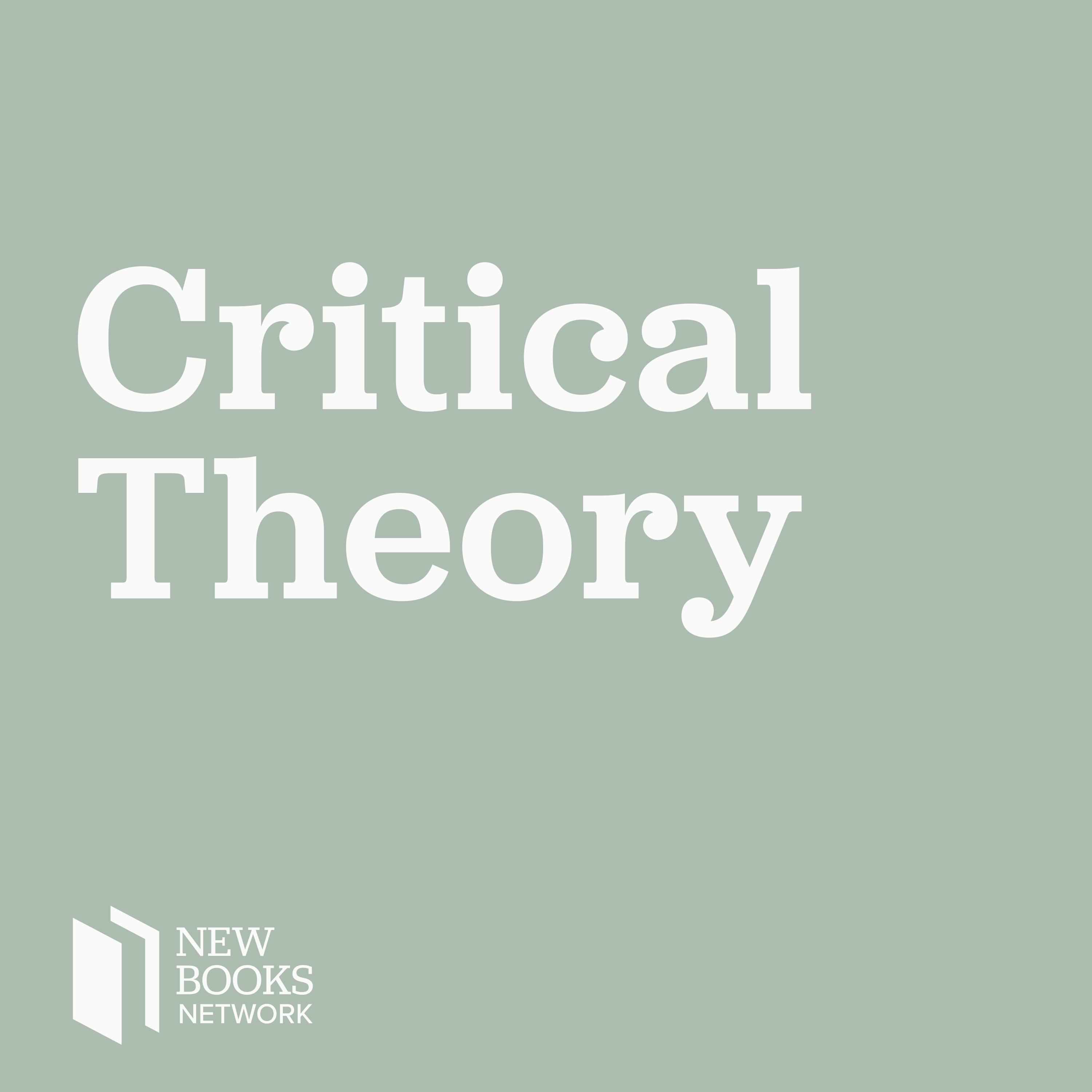
Ben Highmore, "Playgrounds: The Experimental Years" (Reaktion, 2024)

New Books in Critical Theory
Deep Dive
What inspired Ben Highmore to write about playgrounds?
The book emerged from Highmore's research on World War II and morale, particularly after encountering Marie Panath's 'Branch Street,' which suggested that bomb sites in London should be given to children for activities like growing plants or mending bicycles. This idea led him to explore the transformation of bomb sites into playgrounds in the 1940s and 1950s, sparking his interest in the history of playgrounds.
What were the key ideologies behind early playground movements?
Early playground movements were influenced by two main ideologies: Christian socialists who saw playgrounds as spaces for children to escape the competitive spirit of capitalism and engage in cooperative activities like group singing and dancing, and military-oriented thinkers who viewed playgrounds as outdoor gymnasiums to prepare children, particularly working-class boys, for military service.
What is the concept of a 'junk playground'?
A 'junk playground' is a space where children are provided with loose parts like tires and planks of wood to build huts and dens. The concept originated from Danish landscape architect Sorensen, who observed children's preference for playing with construction materials on building sites. The first official junk playground was established in Denmark in 1943 during Nazi occupation, offering children a safe space for adventurous play.
How did adventure playgrounds address juvenile delinquency?
Adventure playgrounds were designed as a response to the high rates of juvenile delinquency, particularly among 13-14-year-old boys. Pioneers like Lady Allen of Hurtwood believed that urban environments were criminalizing children and saw these playgrounds as a 'third space' where children could develop autonomy and escape the authority of schools and homes. They were intended to be reparative spaces after the trauma of World War II.
How did playgrounds in New York differ from earlier models?
In the 1960s and 1970s, New York saw a 'playground revolution' with architects like Richard Dattner designing aesthetically innovative playgrounds. These spaces, often called 'adventure style playgrounds,' incorporated elements like zip wires and artificial hills but lacked the social project of earlier adventure playgrounds. They focused more on creative and enjoyable spaces rather than addressing juvenile delinquency or fostering autonomy.
How did playgrounds address inclusivity for children with disabilities?
Lady Allen of Hurtwood was a key figure in promoting playgrounds for children with disabilities, starting in the 1960s. These playgrounds were designed to be inclusive, offering amenities like changing facilities and static play areas. Unlike normative playgrounds that required specific physical abilities, adventure playgrounds for disabled children focused on providing a space for all children, regardless of their capabilities.
What challenges do modern playgrounds face?
Modern playgrounds face challenges such as budget constraints, risk aversion, and the rise of digital play. Adventure playgrounds, in particular, are under threat due to the costs of supervision and materials. Additionally, safety regulations often limit creativity and fun. However, there is growing advocacy for 'risky play' to combat sedentary lifestyles and promote physical activity.
What is the future of playgrounds according to Ben Highmore?
Highmore envisions a future with more adventure playgrounds that allow children to engage in hands-on activities like building and growing. He believes these skills will be essential in the face of climate change and environmental challenges. While digital play offers creative opportunities, he emphasizes the enduring value of physical, outdoor play in fostering resilience and practical skills.
Shownotes Transcript
After World War II, a new kind of playground emerged in Northern Europe and North America. Rather than slides, swings, and roundabouts, these new playgrounds encouraged children to build shacks and invent their own entertainment.
*Playgrounds: The Experimental Years *)(Reaktion, 2024) tells the story of how waste grounds and bombsites were transformed into hives of activity by children and progressive educators. It shows how a belief in the imaginative capacity of children shaped a new kind of playground and how designers reimagined what playgrounds could be. Ben Highmore tells a compelling story about pioneers, designers, and charities--and above all--about the value of play.
Learn more about your ad choices. Visit megaphone.fm/adchoices)
Support our show by becoming a premium member! https://newbooksnetwork.supportingcast.fm/critical-theory)